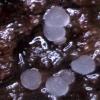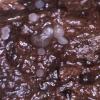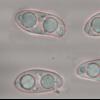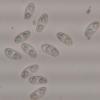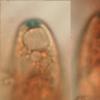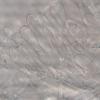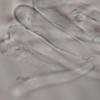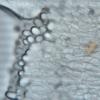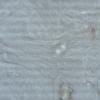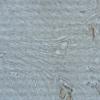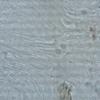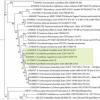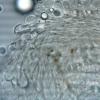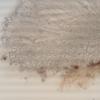
12-12-2025 18:39
Mirek GrycHello everyone.Macrofeatures similar to Mollisia b

09-12-2025 12:06
 Andgelo Mombert
Andgelo Mombert
Bonjour,Je recherche l'article concernant Hypobryo

07-12-2025 16:07
Arnold BüschlenHallo, ich habe in einer Moos-Aufsammlung (epiphy

08-12-2025 21:04
Mark Stevens"Hello everyone,I'm relatively new to microscopy (

08-12-2025 18:59
 Lothar Krieglsteiner
Lothar Krieglsteiner
.. found by a seminar-participant, I do not know t

08-12-2025 17:37
 Lothar Krieglsteiner
Lothar Krieglsteiner
20.6.25, on branch of Abies infected and thickened

Dear collegues,
another inoperculate from below water level from a rivulet in the Bavarian Forest:
small, pure white, somewhat turbinate apothecia
spores ciboroid, a few irregularily ciborioid, with two bis and a few small oil drops, appr. 15-16,5 x 6,5-7,2 µm
Asci approx. 115-130 x 13-15 µm, seemingly without croziers, porus reaction blue (bb 3), Calycina-type (?)
Parapyses irregularily inflated at the apex, very variable, branched in the upper part, without content.
especially the branched and irregularily shaped paraphyses are striking to me ....
thank you for any input,
Andreas

verrückt. Aber wie ist denn das Excipulum und die Medulla? Und das Substrat?

Hello Zotto,
also das Substrat war Buche, m Wasser liegend, Bayerischer Wald, Bergbach auf 900 m NN
Das Excipulum ist meiner meinung nach eine textura globulosa, oder eine fast quadratische prismatica - siehe Bild anbei
Daneben kommen aber noch andere hyphen vor, so eine Art gelifizierte intricata aus parallelen Hyphen, also etwas wie eine oblita, die ich aber nicht so genau zuordnen kann. Es wirkt so, also würde das die medulla sein und aus diesen Hyphen die Paraphysen entstehen, aber das kann ich mir eigentlich nicht so richtig vorstellen. Ich versuche nochmal besser zu schneiden, aber die Dinger sind so winzig ....
beste Grüße,
Andreas


Hallo Zotto,
ohne Haare?!
Das sind bestimmt dreißig Apothezien und nirgendwo auch der Hauch eines Haares zu sehen.
beste Grüße,
Andreas

ich habe einen Ordner "Pezoloma without teeth", mit 9 Arten.
Hydrocina ist auch noch so eine Gattung, die ich mit Pezoloma in lose Verbindung bringe.
Zotto

Hallo Zotto,
vielen Dank.
Ich hab nochmal einen Schnitt versucht und hier noch zwei Bilder. Vielleicht hilft das ja noch ein bisschen weiter.
Übrigens: Wir hatten auch ziemlich sicher den Hymenoscyphus "Cagne" aus deinem Schlüssel. Weiß, kurzgestielt, ein wenig an H. imberbis erinnernd, auch mit der amyloiden Stielbasis, aber ohne Haken und mit schmalen kaum 15 µm langen Sporen. Ist diese Art eigentlich je beschrieben worden von Dir?
beste Grüße,
Andreas

Dieser "cagne" ist unbechrieben wie so vieles andere...
Zotto

Hallo Zotto,
ich werde es versuchen, dass eine Sequenz versucht wird. Allerdings sind die Apothezien winzig und im Exsikkat nicht vom Substrat zu trennen - wenig Pilz mit viel Holz .....
beste Grüße,
Andreas



I actually conclude from the DNA that Gyoerffyella undoubtedly belongs in the Discinella-Pezoloma clade.
Zotto

